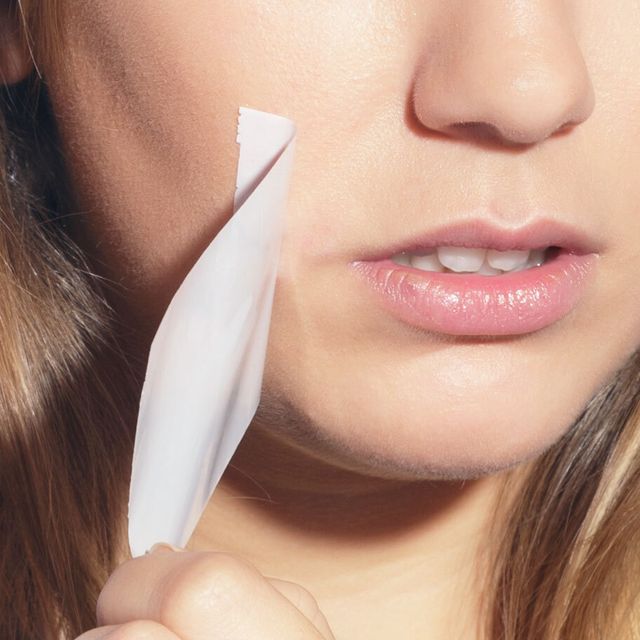The Essential Guide to How to Use Hydrocolloid Bandages for Acne
Hydrocolloid bandages are like bandaids that help with acne. The first step in using hydrocolloid bandages for acne is to know what type of pimples you have. This bandage is from hyaluronic acid and contains salicylic acid, which helps dry up the spot and remove excess oil.
How long to keep hydrocolloid bandage on acne? It needs to be applied for about three days to see maximum results. The hydrocolloid ingredients in the hydrocolloid bandage help lower the bacteria that cause acne.
The second step in using a hydrocolloid bandage for acne is choosing the patch’s size. These are small circular patches that are larger than the average pimple. Make sure to apply the patch to the entire area affected by acne. When choosing a hydrocolloid bandage, choose large enough to cover the whole acne. For more severe cases, you can cut a large hydrocolloid bandage into smaller pieces.
Once you have chosen the size of the bandage, you can apply it to the affected area. Hydrocolloids are dry and attracted to water. It will pull out the exudate without any manipulation. In addition to preventing scarring from popping pimples, you will avoid scarring. The best part is that hydrocolloid bandages are less expensive than traditional acne patches.
The Incredible How to Use Hydrocolloid Bandages for Acne Product I Can’t Live Without
Hydrocolloid bandages are waterproof and can apply directly to acne lesions. They can also reduce redness and irritation. You can reduce the risk of pimple picking if the hydrocolloid bandage remains on the area for at least three to five days. It is an excellent option if you have a giant zit that cannot be treated with traditional methods.
Hydrocolloid bandages are another inexpensive method of treating acne. In addition to providing a moist environment, the hydrocolloid bandages can also protect your skin from damage. They are easy to use for most people. It is available at any pharmacy.
Hydrocolloid bandages work by absorbing moisture from the pimple. It helps the spot heal faster and is an effective way to prevent the formation of new pimples. Since the dressings are waterproof and can be left on for a week. The hydrocolloid bandages can be used on any part of the body, including the face. The hydrocolloid patches will protect the wound from infection, and the dressing will not stick to the affected area.
You can apply hydrocolloid bandages to any area of the body. Moreover, they are designed to aid in healing different types of open wounds, including acne. The water-based solution in the bandage promotes faster healing by removing the white gunk from the pimple. The hydrocolloid patches will also help reduce the severity of sore spots overnight. The patch will help the abscess heal faster.
Bottomline
For treating acne, hydrocolloid bandages can be very effective. These bandages are an excellent choice for treating active acne. They can also be used on any pimple. It would help if you used them with clean hands. If you have sensitive skin to the water, the medicated patches may not suit you. Only apply the patches to the affected areas. They aren’t painful and don’t cause discomfort. The patch should cover the entire lesion, but not just the skin.
Hydrocolloid bandages can be used to treat acne on the face. It is a moisture-absorbing bandage. However, if the pimple is wet, the patch will fall off. It means that it is not practical for deep-level acne. Since hydrocolloids absorb moisture, they are not very effective for treating cystic acne. Those with cystic acne should consult a dermatologist to get the best treatment options.

